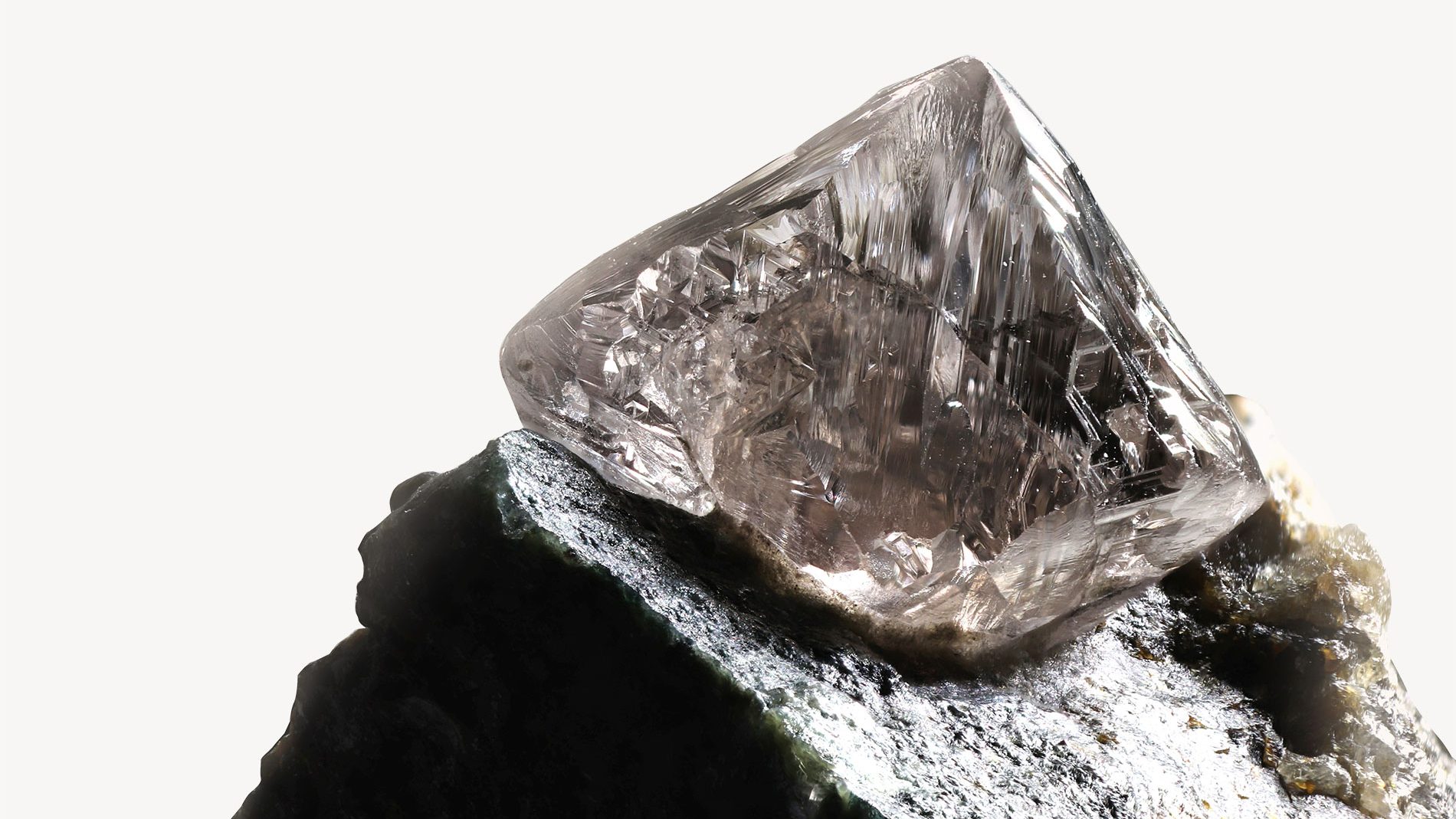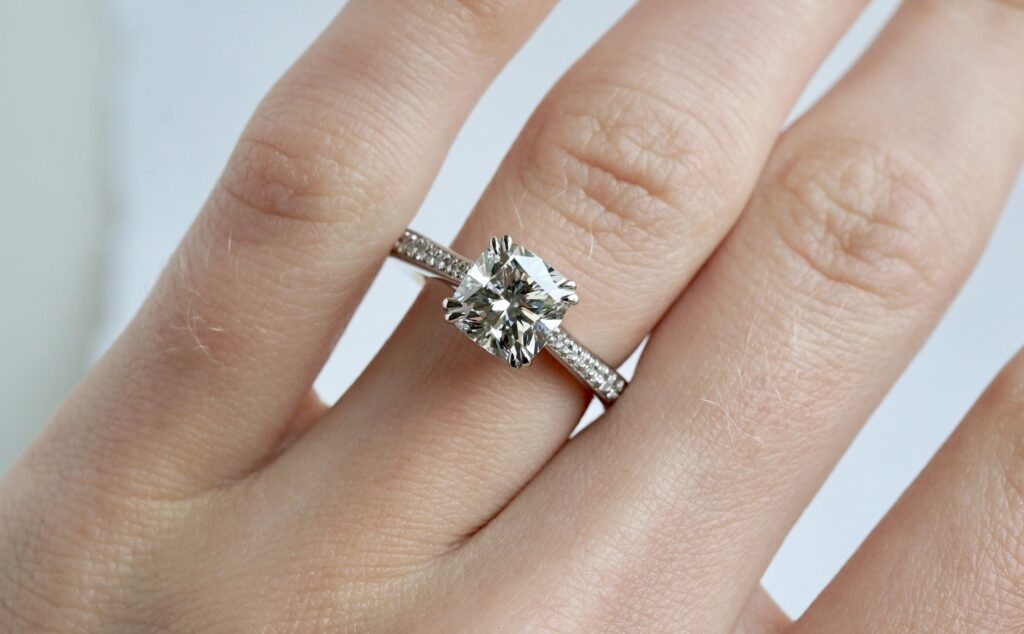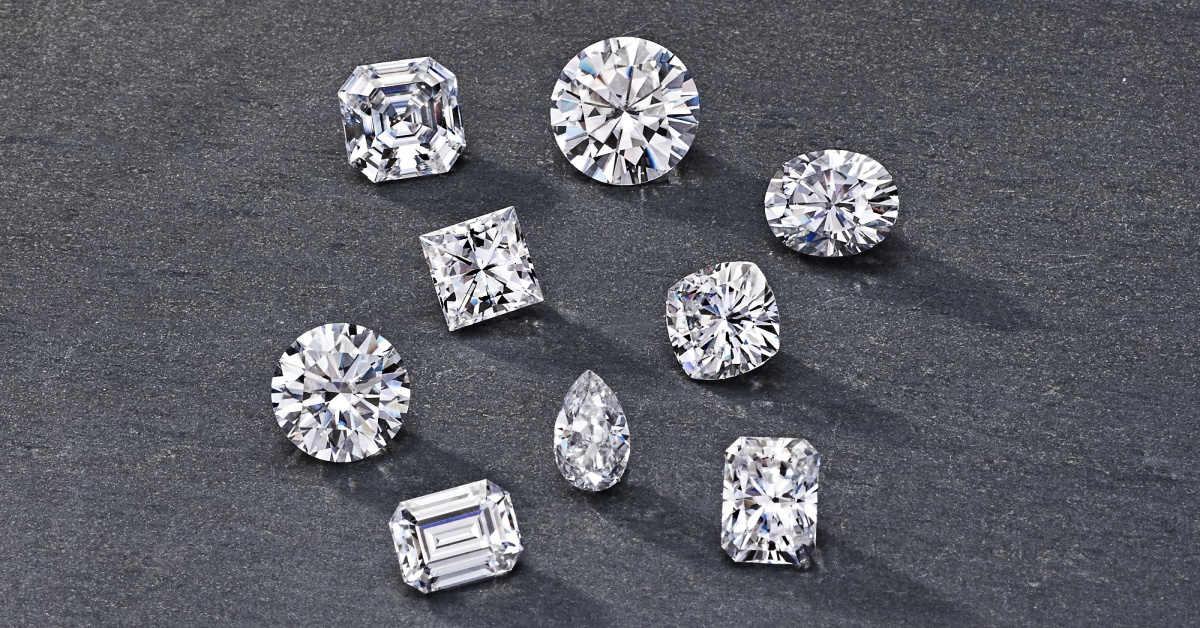Are Mined Diamonds Really Rare? Unveiling the Myth of Diamond Scarcity

For decades, diamonds have been marketed as rare and precious stones, leading many to believe that their scarcity justifies their high prices. However, a closer look at the diamond industry reveals that mined diamonds are not rare as we’ve been led to believe. In reality, their perceived rarity is largely the result of strategic marketing and supply control by diamond companies. This article will explore the myth of diamond scarcity, examining the factors that contribute to the illusion that mined diamonds are rare and what this means for consumers.
The De Beers Influence: Creating the Illusion of Rarity
The idea that mined diamonds are rare can be traced back to De Beers, a company that has played a dominant role in the global diamond industry for over a century. In the early 20th century, De Beers controlled more than 80% of the world’s diamond supply, giving it unprecedented power to influence prices and perceptions. To maintain high diamond prices, De Beers carefully controlled the supply of diamonds entering the market, ensuring that demand always outstripped supply.
De Beers also launched one of the most successful marketing campaigns in history, coining the phrase “A diamond is forever.” This campaign not only cemented the idea of diamonds as a symbol of love and commitment but also reinforced the notion that mined diamonds are rare and, therefore, worth their high price. In reality, diamonds are abundant in nature, and their prices have been inflated through controlled supply and marketing tactics.
Mined Diamonds: Abundant in Nature
Contrary to popular belief, mined diamonds are not rare in the geological sense. Diamonds are found in large quantities in various parts of the world, including countries like Russia, Botswana, Canada, and Australia. The process of extracting diamonds from the Earth is labor-intensive and expensive, but the stones themselves are not scarce.
In fact, there are billions of carats of diamonds still waiting to be mined. For every diamond that makes it to market, there are vast reserves that remain untapped. This abundance further challenges the narrative that mined diamonds are rare.
Why Are Diamonds So Expensive?
If mined diamonds are not rare, why are they so expensive? The answer lies in a combination of factors, including supply control, branding, and consumer demand.
- Supply Control: As mentioned earlier, companies like De Beers have historically controlled the supply of diamonds, releasing them into the market in a way that maintains high prices. This strategy creates an artificial sense of scarcity, even though the supply of diamonds is abundant.
- Branding and Marketing: The diamond industry has successfully marketed lab created diamonds as symbols of love, luxury, and status. This emotional attachment to diamonds, particularly in the context of engagement rings, has helped sustain high demand and justify high prices.
- Cost of Mining and Production: While diamonds themselves are not rare, the cost of extracting and cutting diamonds can be high. Mines are often located in remote areas, and the process of refining and shaping rough diamonds into the sparkling gems seen in jewelry requires skilled labor and expensive equipment.
- Exclusivity and Tradition: The high cost of diamonds is also tied to their association with exclusivity and tradition. Many people are willing to pay a premium for a diamond because it has become the traditional choice for significant life events like engagements and anniversaries. Even though mined diamonds are not rare, their cultural value continues to support their high price tags.
Lab-Grown Diamonds: An Alternative to Mined Diamonds
The growing popularity of lab-grown diamonds has further highlighted the fact that mined diamonds are not rare. Lab-grown diamonds are created in controlled environments using advanced technology that replicates the natural diamond formation process. They have the same physical, chemical, and optical properties as mined diamonds, but they come at a fraction of the cost.
Because lab-grown diamonds do not rely on traditional mining practices, they offer a more sustainable and ethical option. As more consumers become aware that mined diamonds are not rare, they are turning to lab-grown diamonds as an affordable alternative. Lab-grown diamonds are also free from many of the environmental and ethical concerns associated with traditional diamond mining, making them an appealing option for socially conscious consumers.
The Impact of the Argyle Mine Closure
One of the most significant recent developments in the diamond industry was the closure of Australia’s Argyle mine in 2020, which had been one of the largest sources of diamonds in the world. The Argyle mine was particularly famous for producing rare pink diamonds, but it also supplied a substantial portion of the world’s white diamonds.
While the closure of the Argyle mine may suggest that diamonds are becoming scarcer, it has had little impact on the overall supply of diamonds. Other mines around the world continue to produce diamonds in large quantities, and the perception that mined diamonds are rare has not drastically changed despite the closure of one major source. Additionally, the growing presence of lab-grown diamonds has helped offset any potential shortages in the market.
Should You Invest in Mined Diamonds?
Given that mined diamonds are not rare, some people may question whether they make a good investment. Historically, diamonds have not performed as well as other types of investments, such as gold, stocks, or real estate. While certain rare colored diamonds, like pink or blue diamonds, have shown value appreciation over time, the majority of white diamonds have remained relatively stable in price.
The resale market for diamonds is also notoriously difficult. Unlike gold or silver, diamonds do not have a standardized resale value, and most people find that they cannot recoup the full price they paid for their diamond jewelry. As more people become aware that mined diamonds are not rare, the resale value of diamonds could decrease even further.
For those considering diamonds as an investment, it’s important to recognize that they may not offer the same returns as other assets. Mined diamonds are not rare enough to guarantee significant value appreciation, and the market is subject to fluctuations based on supply, demand, and changing consumer preferences.
Conclusion: Mined Diamonds Are Not as Rare as You Think
The long-standing belief that mined diamonds are rare is more myth than fact. While diamonds have been marketed as scarce and valuable, the truth is that they are abundant in nature and their prices have been artificially inflated by supply control and strategic marketing. As lab-grown diamonds become more popular and awareness of the true availability of diamonds grows, consumers are beginning to question the high costs associated with mined diamonds.
Ultimately, while mined diamonds may hold cultural and emotional value, they are not as rare as we’ve been led to believe. Understanding the realities of diamond supply and demand can help consumers make more informed decisions when purchasing diamonds, whether for investment purposes or personal use.






